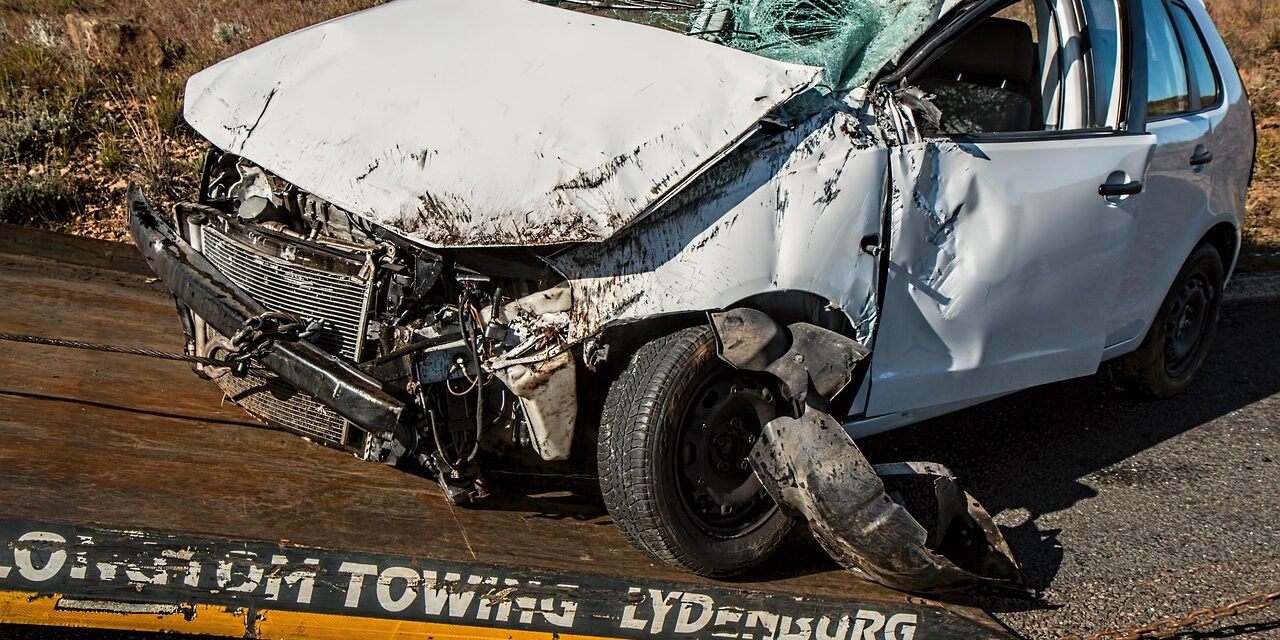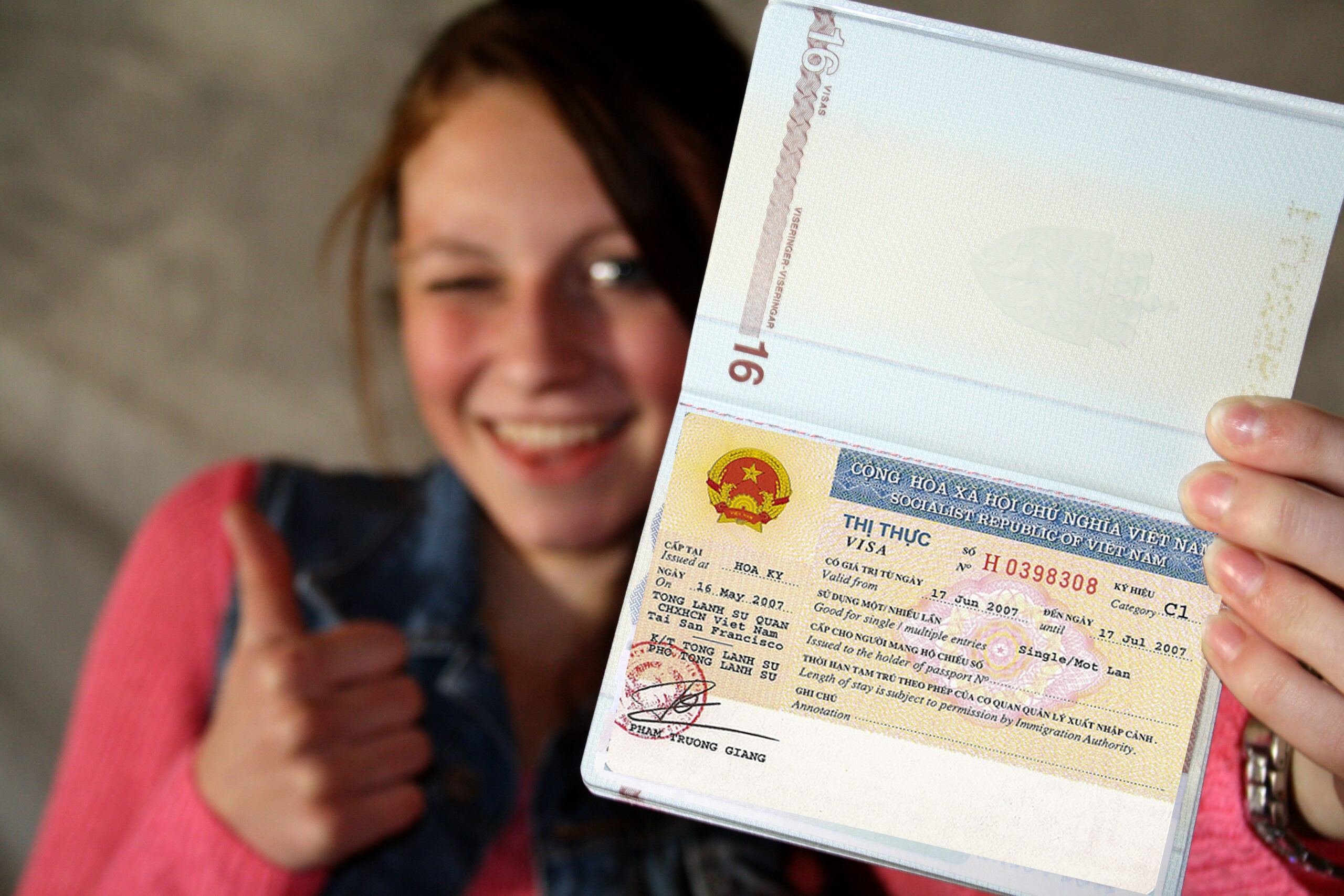Auto accidents can be stressful, confusing, and financially burdensome. Determining fault is crucial in resolving insurance claims, legal disputes, and potential compensation. Understanding liability, legal rights, and how insurance companies assess responsibility can help accident victims navigate the aftermath effectively.
Understanding Liability in Auto Accidents
Liability in an auto accident refers to the legal responsibility for damages and injuries resulting from a collision. Establishing fault determines which party (or parties) must cover medical expenses, vehicle repairs, and other damages.
Comparative vs. Contributory Negligence
Each state follows different legal principles regarding negligence:
- Comparative Negligence: Allows for partial fault, meaning that an injured party can recover damages even if they are partially responsible. The compensation is reduced based on their percentage of fault.
- Contributory Negligence: In some states, if a driver is found even slightly responsible for the accident, they may be barred from recovering damages.
Knowing which negligence rule applies in your state is crucial when pursuing a claim.
Common Causes of Auto Accidents and Fault Determination
Fault is often determined by analyzing the cause of the accident. Some of the most common factors influencing liability include:
- Distracted Driving: Texting, talking on the phone, or adjusting the radio can divert attention and lead to collisions.
- Speeding: Excessive speed reduces reaction time and increases the severity of crashes.
- Failure to Yield: Running stop signs, red lights, or failing to yield the right-of-way can result in accidents.
- Driving Under the Influence (DUI): Alcohol and drugs impair judgment and reaction times, leading to a high probability of accidents.
- Weather Conditions: Rain, fog, and ice can contribute to crashes, but drivers are still responsible for maintaining control of their vehicles.
- Vehicle Defects: Malfunctions such as brake failure or tire blowouts can shift liability to the manufacturer or a maintenance provider.
Steps to Take After an Auto Accident
The actions taken immediately following a collision can significantly impact fault determination and compensation claims.
1. Ensure Safety and Call Emergency Services
Check for injuries and call 911 to report the accident. Seeking medical attention is essential, even if injuries seem minor.
2. Document the Scene
Take photographs of vehicle damage, license plates, road conditions, traffic signals, and visible injuries. Collect witness statements and exchange contact and insurance information with the other driver(s).
3. Notify Your Insurance Company
Report the accident to your insurance provider as soon as possible. Provide an accurate account of the events, but avoid admitting fault before an official investigation.
4. Obtain a Police Report
A police report serves as an official record of the accident and can provide an objective assessment of fault.
5. Seek Legal Guidance
Consulting a legal professional can help protect your rights, especially if liability is disputed or injuries are severe.
How Insurance Companies Determine Fault
Insurance companies analyze various factors when determining fault in an accident claim. They may use the following:
- Police Reports: Officers document statements, evidence, and their assessment of the crash.
- Eyewitness Testimonies: Third-party accounts can provide unbiased perspectives.
- Traffic Laws: Violations such as running a red light or speeding influence fault allocation.
- Vehicle Damage and Accident Reconstruction: Experts may recreate the accident to analyze impact points and determine how the crash occurred.
- Statements from Drivers: Insurance adjusters review statements from all parties involved.
For more information on insurance providers and their processes, visit this resource.
Legal Rights of Auto Accident Victims
If you are involved in an auto accident, you have certain legal rights, including the right to compensation for damages and injuries.
1. Right to File an Insurance Claim
In most cases, accident victims can file a claim with their own insurance company or the at-fault driver’s insurer. The type of claim depends on whether the state follows an at-fault or no-fault insurance system.
- At-Fault States: The driver responsible for the accident is liable for damages.
- No-Fault States: Each driver’s insurance covers their own medical expenses regardless of fault.
2. Right to Seek Compensation
Accident victims may be entitled to compensation for:
- Medical expenses
- Lost wages
- Pain and suffering
- Property damage
3. Right to Legal Representation
If fault is disputed or an insurance settlement is inadequate, victims can seek legal assistance. A personal injury attorney can negotiate with insurance companies and represent clients in court if necessary.
For professional legal assistance, consult Ben Glass Law.
Conclusion
Determining fault after an auto accident is a complex process involving legal principles, insurance assessments, and evidence collection. Understanding your rights and taking appropriate steps can help secure fair compensation and protect against unjust liability claims. Whether dealing with minor damages or severe injuries, seeking legal guidance can be instrumental in navigating the aftermath of an accident.






